Key Components and Benefits of Commercial Water Purification Systems
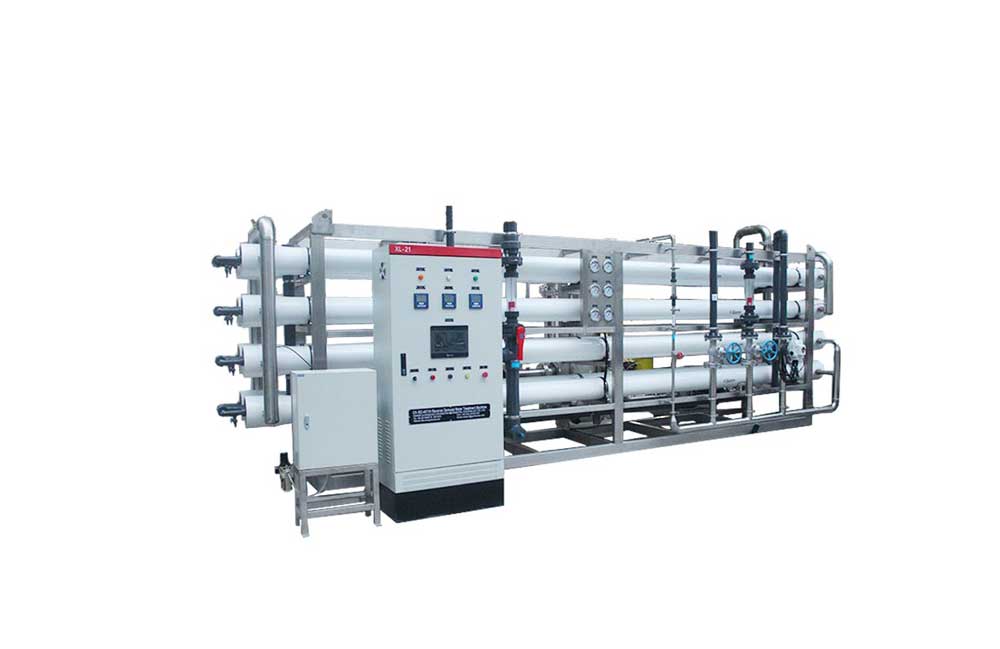
1. Introduction to Commercial Water Purification Equipment
What is Commercial Water Purification?
Commercial water purification refers to the process of removing contaminants from water to ensure its suitability for use in various commercial settings. This process typically involves a combination of mechanical, chemical, and biological methods to eliminate impurities such as bacteria, viruses, heavy metals, sediments, and chemicals. These systems are designed to provide large quantities of clean water for businesses, industries, and institutions that rely on water for daily operations.
Importance of Clean Water in Commercial Settings
Clean water is essential in many commercial settings because it affects the health, safety, and productivity of employees, customers, and products. For example, in the food and beverage industry, contaminated water can lead to unsafe products, brand damage, and legal liabilities. In healthcare settings, poor-quality water can lead to infections and other health risks. Additionally, high-quality water ensures compliance with local regulations, reduces operational costs, and improves the overall efficiency of industrial processes.
Industries That Require Water Purification
Many industries rely on water purification to maintain their operations. These include:
Food & Beverage: Restaurants, cafeterias, breweries, and food production facilities require high-quality water to ensure food safety and taste.
Healthcare & Pharmaceuticals: Hospitals, laboratories, and dialysis centers need purified water for medical procedures, cleaning, and patient safety.
Hospitality & Tourism: Hotels, resorts, and cruise ships need to provide safe, clean water for guests to meet comfort standards and comply with regulations.
Manufacturing & Industrial Facilities: Factories and industrial plants require purified water for manufacturing processes, equipment cooling, and cleaning.
Agriculture & Hydroponics: Clean water is necessary for crop irrigation and hydroponic farming to maintain product quality and yield.
Educational Institutions & Offices: Schools, colleges, and office buildings need purified water to ensure employee and student well-being.
2. Types of Commercial Water Purification Systems
Reverse Osmosis (RO) Systems
Reverse Osmosis is one of the most common and effective methods of water purification. RO systems use a semipermeable membrane to remove dissolved ions, particles, and impurities from water. Water pressure forces water through the membrane, leaving contaminants behind. This process is highly effective in removing salts, heavy metals, and other impurities.
Ultrafiltration (UF) Systems
Ultrafiltration is a membrane filtration process that removes particles, bacteria, and viruses from water. Unlike RO, UF does not remove dissolved salts but is highly effective at removing larger contaminants such as organic matter, bacteria, and some viruses. It is typically used in applications where reverse osmosis is not necessary.
Activated Carbon Filtration
Activated carbon filters are used to remove chlorine, volatile organic compounds (VOCs), and other chemical impurities. The carbon surface adsorbs contaminants from water, improving taste and odor while reducing harmful chemicals. It is commonly used in conjunction with other filtration methods like RO.
Ultraviolet (UV) Water Purification
UV water purification uses ultraviolet light to disinfect water by killing harmful microorganisms like bacteria, viruses, and protozoa. UV purification does not affect the taste, odor, or chemical composition of water, making it an excellent option for sanitizing drinking water in commercial settings.
Ion Exchange Systems
Ion exchange systems are primarily used for softening water by replacing calcium and magnesium ions with sodium ions. This reduces water hardness, preventing scaling in pipes and machinery. It is often used in industries where water hardness can cause damage to equipment or interfere with processes.
Distillation Systems
Distillation involves heating water to create steam and then condensing it back into water, leaving impurities behind. This method is effective at removing heavy metals, salts, and organic compounds. However, it is less commonly used for large-scale purification due to its high energy consumption.
Electrodeionization (EDI) Systems
EDI systems combine ion exchange and electrical fields to remove ions from water. This process is commonly used in high-purity water applications, such as semiconductor manufacturing and laboratory water treatment, where extremely low levels of contaminants are required.
3. Key Components of a Commercial Water Purification System
Membranes and Filters
Membranes are essential in processes like RO and UF, where they physically separate contaminants from water. Filters, such as sediment and carbon filters, are used in various stages to trap larger particles and chemicals.
UV Sterilizers
UV sterilizers provide an additional layer of protection by disinfecting water. UV lights are used to eliminate microorganisms that may pass through other filtration processes.
Water Softeners
Water softeners use ion exchange technology to replace hard minerals like calcium and magnesium with softer sodium ions. Soft water helps prevent scale buildup in pipes and equipment.
Sediment and Carbon Pre-Filters
Sediment filters remove large particles, such as sand, dirt, and rust, while carbon filters are used to eliminate chlorine, pesticides, and other chemicals before the water passes through more advanced filtration methods like RO or UV.
Pumps and Storage Tanks
Pumps are used to ensure consistent water pressure in purification systems, while storage tanks hold purified water for immediate use. Proper storage is crucial for maintaining water quality.
4. How Commercial Water Purification Works
Step-by-Step Process of Water Filtration
Pre-filtration: Large particles are removed using sediment and carbon filters.
Primary Filtration: Water passes through advanced filtration methods such as RO, UF, or ion exchange.
Disinfection: UV light or other chemical treatments disinfect the water.
Post-filtration: Final filtration ensures any remaining contaminants are removed.
Contaminants Removed in Each Stage
Sediment Filters: Remove dirt, rust, and debris.
Carbon Filters: Remove chlorine, organic compounds, and chemicals.
RO Membranes: Remove salts, heavy metals, and smaller particles.
UV Sterilization: Kills bacteria, viruses, and other microorganisms.
Water Testing and Quality Assurance
Regular testing ensures that the system is removing the desired contaminants and that the water meets regulatory standards for quality.
5. Benefits of Using Commercial Water Purification Equipment
Improved Water Quality and Safety
Purified water ensures that businesses provide clean, safe water to employees, customers, and products, reducing the risk of contamination.
Compliance with Health and Safety Regulations
Businesses must meet strict health regulations regarding water quality. A purification system helps ensure compliance with local and international standards.
Enhanced Taste and Odor Removal
Purified water improves the taste and smell of water, especially in industries like food and beverage, where water quality directly affects product quality.
Cost Savings Compared to Bottled Water
Using a purification system eliminates the need for bottled water, reducing costs and minimizing environmental impact.
Environmental Benefits and Sustainability
Purification systems reduce plastic waste and minimize the environmental footprint by reducing the need for bottled water and encouraging water conservation.
6. Industries That Benefit from Commercial Water Purification
Each industry requires clean water for different reasons, from health and safety to production efficiency. Food and beverage companies, healthcare facilities, and hospitality businesses are among the largest users of commercial water purification systems.
7. How to Choose the Best Commercial Water Purification System
Choosing the right system involves understanding your water quality, capacity needs, and system maintenance requirements. Certifications such as NSF and ANSI can provide peace of mind regarding system reliability and safety.
8. Common Challenges in Commercial Water Purification
Challenges such as scaling, high operating costs, and filter clogging are common in water purification. Regular maintenance and monitoring can help mitigate these issues.
9. Maintenance and Troubleshooting Tips
Regular system inspections, cleaning, and proper filter replacement ensure the longevity of water purification equipment. Troubleshooting common problems like low water pressure or bacterial contamination is essential for keeping the system functioning smoothly.
10. Future Trends in Commercial Water Purification
Emerging technologies such as smart filtration systems, AI-powered monitoring, and eco-friendly filtration methods are transforming the commercial water purification industry. These advancements promise greater efficiency and sustainability.
11. Case Studies: Successful Implementations of Commercial Water Purification
Several industries, from breweries to hospitals, have successfully implemented water purification systems to improve their water quality, streamline operations, and ensure regulatory compliance.
12. Conclusion & Final Recommendations
A high-quality water purification system is a wise investment for any business that requires clean, safe water. By choosing the right system and ensuring regular maintenance, businesses can protect their employees, customers, and products while reducing costs and environmental impact.
13. Frequently Asked Questions (FAQs)
How often should commercial water filters be replaced?
Filters should be replaced based on manufacturer recommendations and water usage.What is the best purification system for restaurants?
Reverse Osmosis and UV purification systems are ideal for restaurants to ensure safe, clean drinking water.Can commercial water purification systems remove fluoride?
Some systems, like reverse osmosis, are effective at removing fluoride.How much does a commercial water purification system cost?
The cost varies based on capacity, technology, and installation requirements, typically ranging from a few thousand to tens of thousands of dollars.What is the difference between RO and UV purification?
RO systems remove physical contaminants, while UV systems focus on disinfecting water by killing microorganisms.
Must-Read Blogs For Chain Restaurants Owner

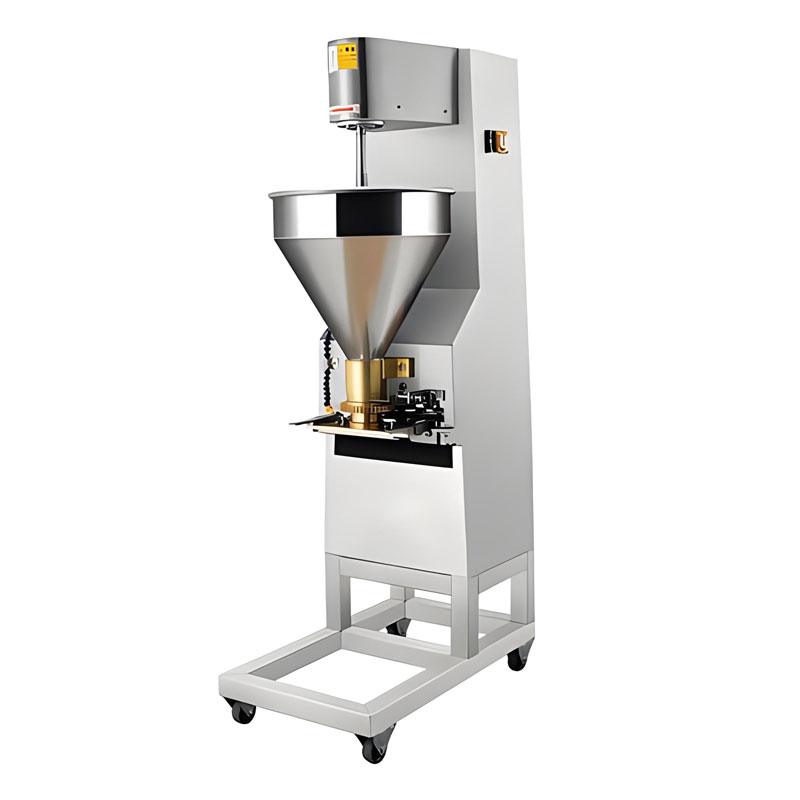
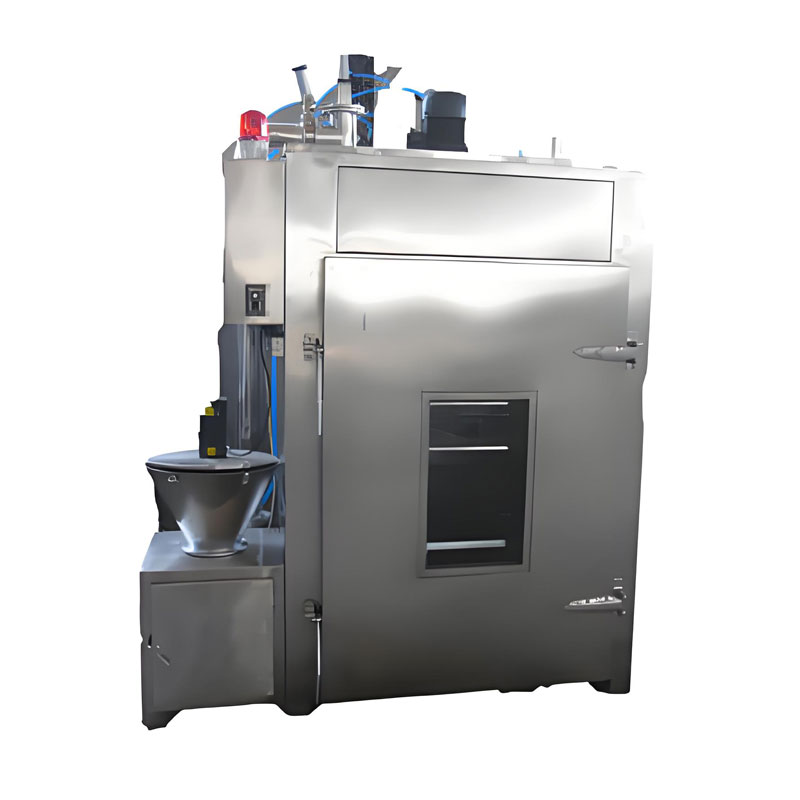
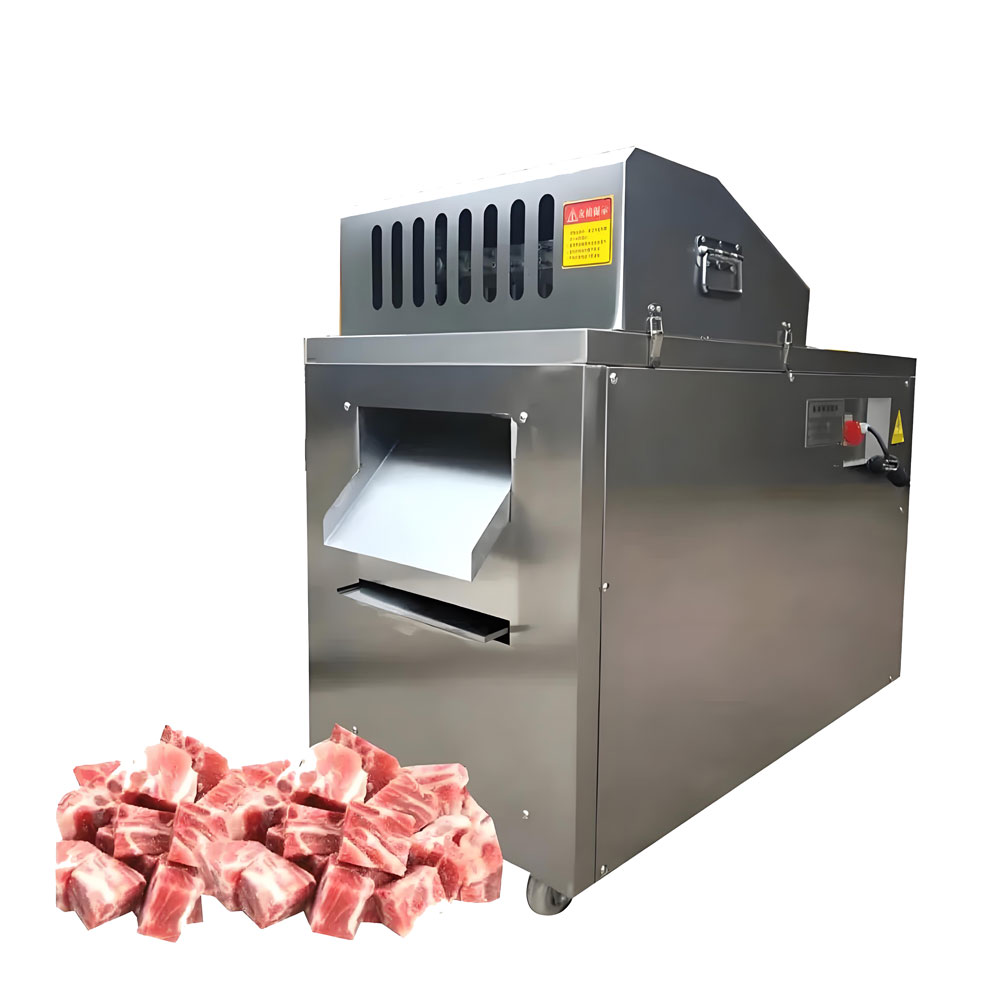
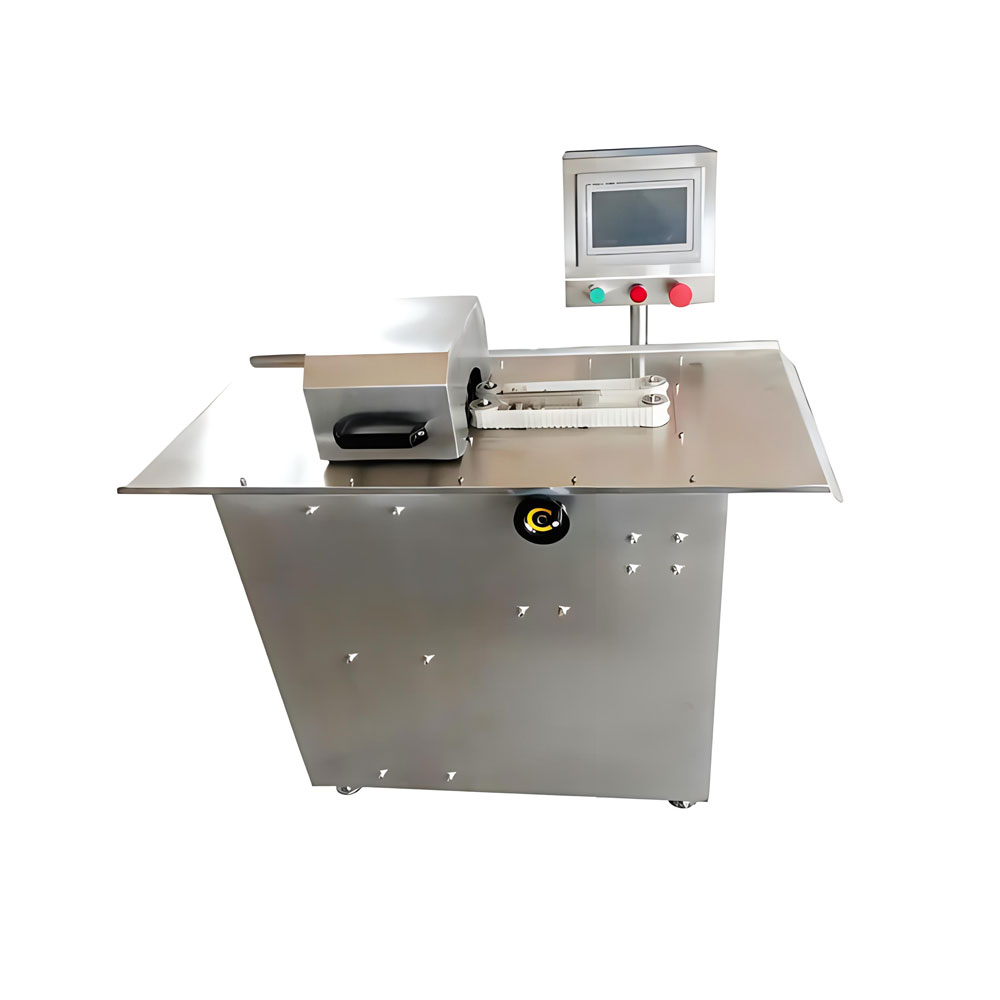
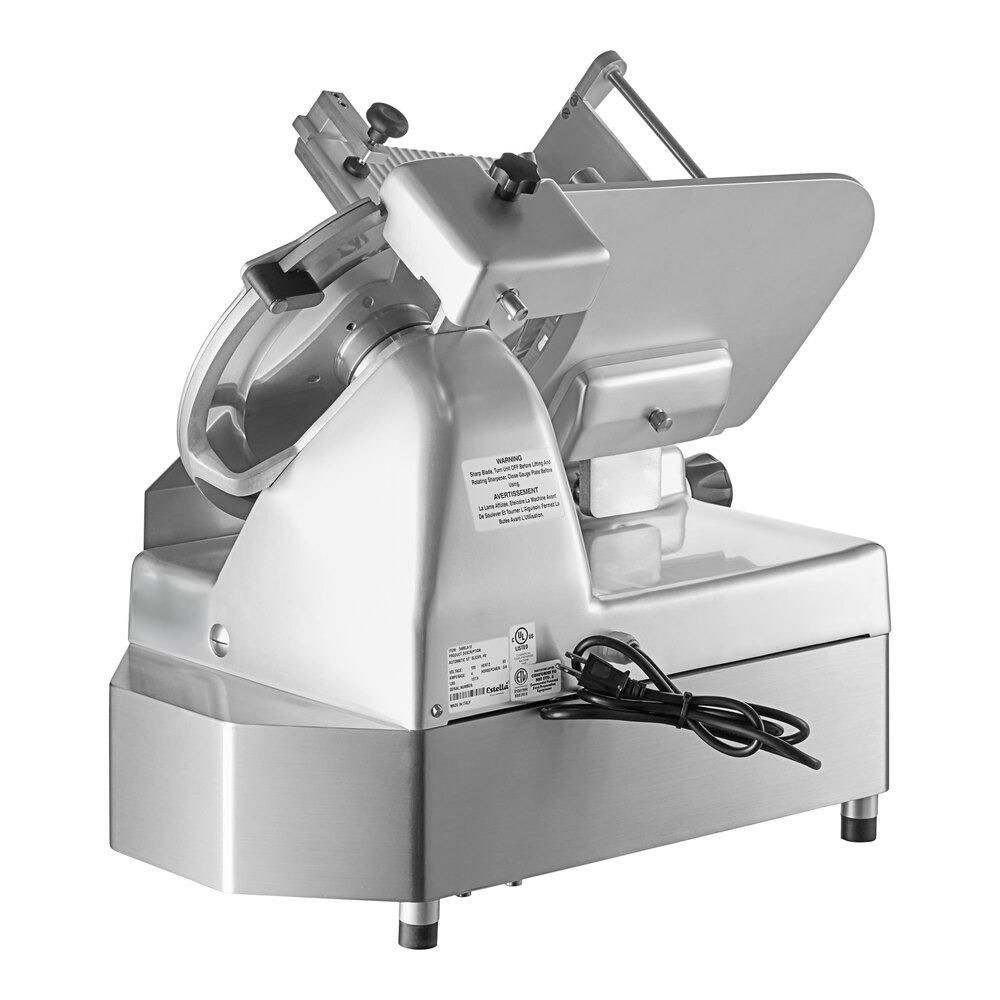
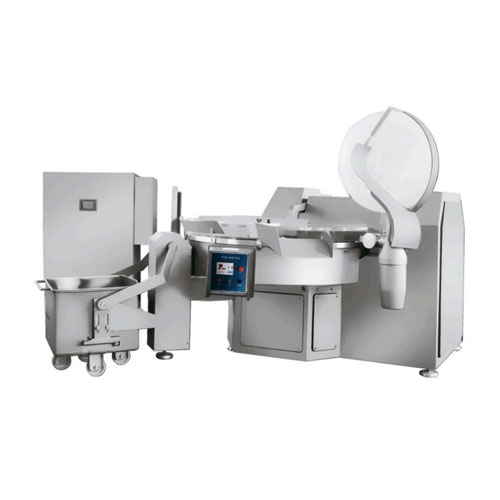
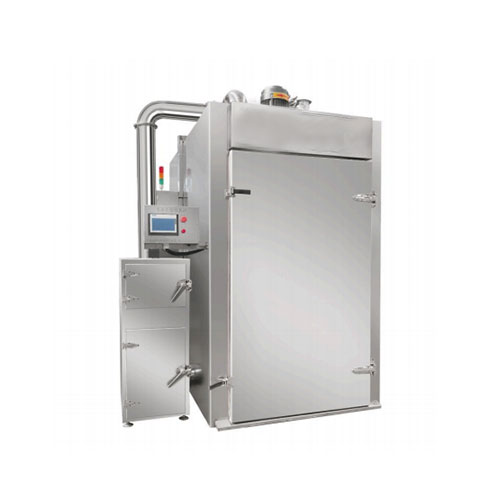
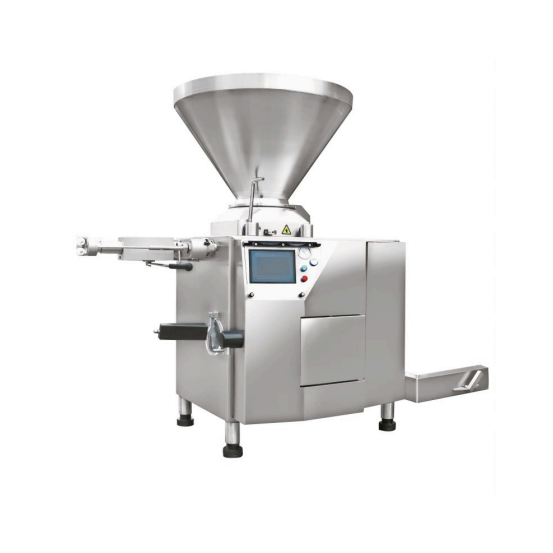
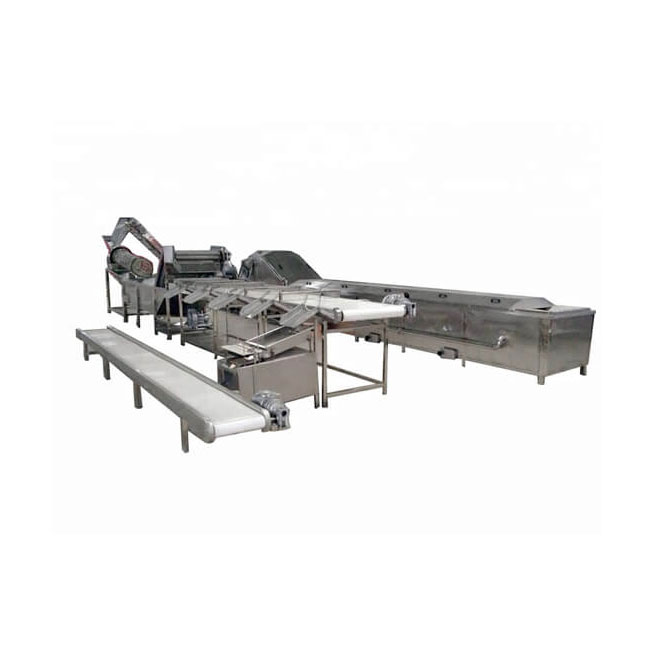
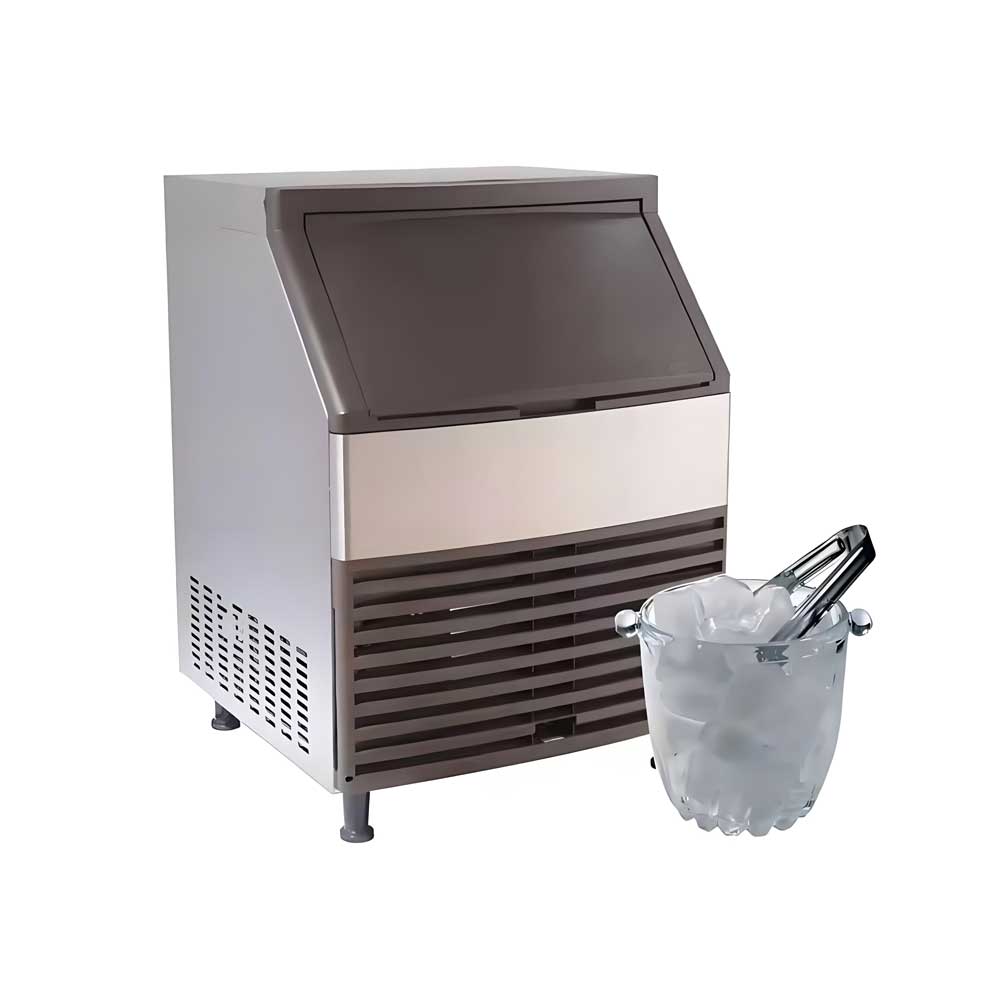
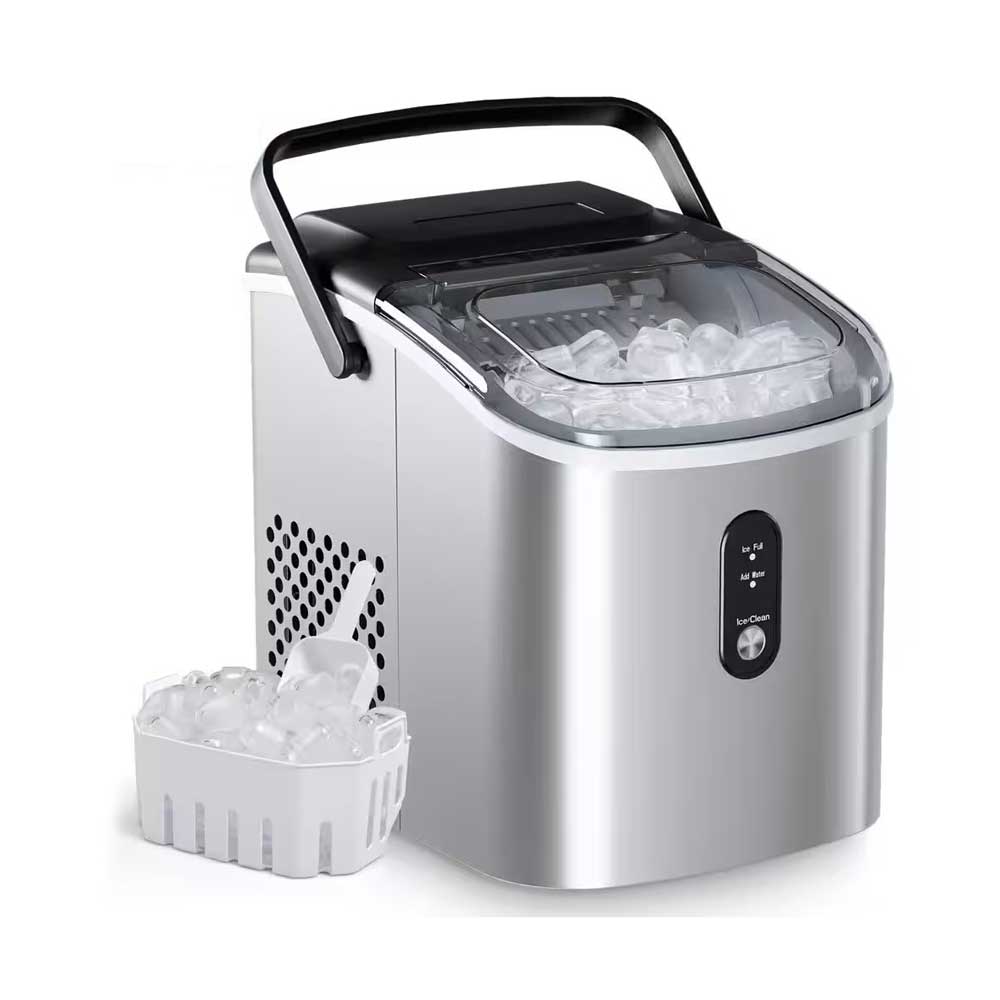 Portable Flake Ice Machine
Portable Flake Ice Machine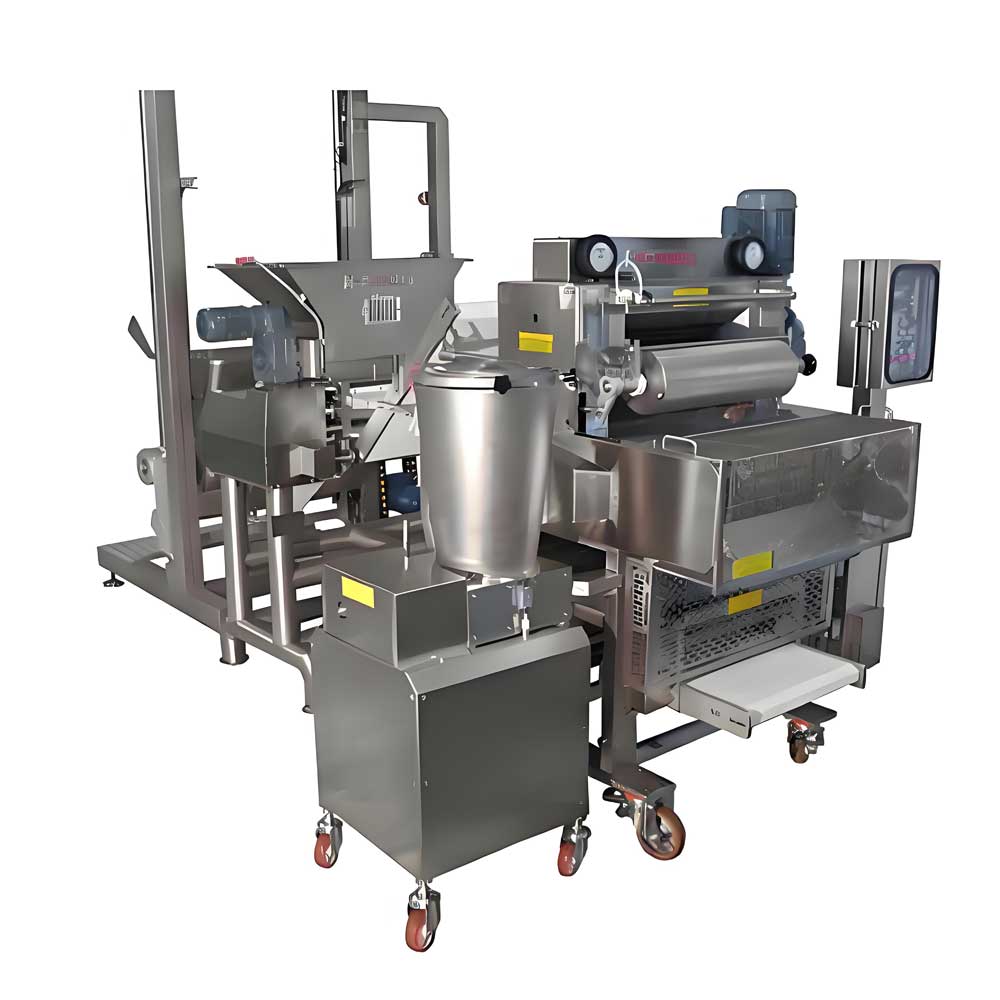 Pelmeni Making Machine
Pelmeni Making Machine
Ready to Get Started?